In shoe stores, you may encounter two scenarios:
The first is the traditional measuring method, where the salesperson uses a wooden or plastic ruler to measure the length of your foot and asks, “What size do you usually wear?” Then they hand you shoes to try on.
The second is at high-end custom stores, where a cool machine — the foot 3D scanner — is used. You place your foot on it, and within a few seconds, a three-dimensional model is generated. The screen shows length, width, and height, and even detailed data such as instep, arch, and toe angles.
Many people ask, “Isn’t this just spending extra money? A regular ruler should be enough.” In fact, the difference between the two is much greater than you think.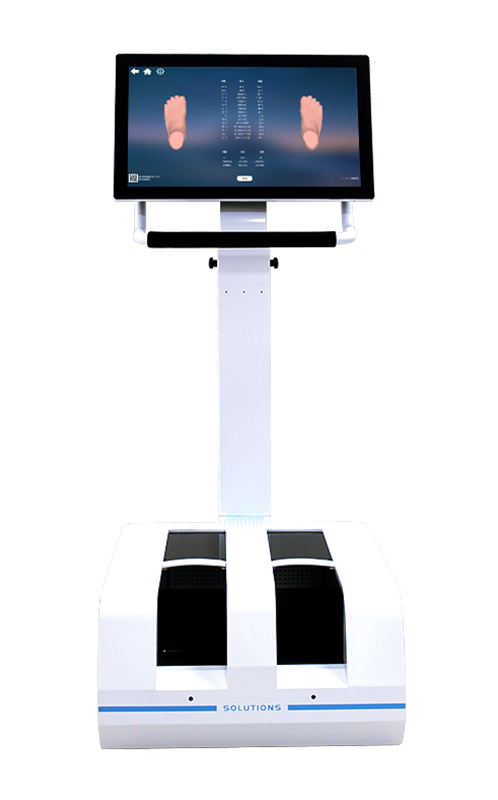
1. Differences in Measurement Method
a. Ordinary Measuring Tools
The most common are straight rulers, tape measures, foot measuring boards, or rulers with thickness cards. The measurement method is usually simple:
Measure length: have the foot placed on the measuring board and read the distance from the heel to the longest toe.
Measure width: measure the widest part of the foot with a ruler.
Some stores use an instep height ruler for a rough measurement of instep height.
Advantages: cheap and easy to operate.
Disadvantages: only basic dimensions can be measured, low accuracy, not suitable for people with complex foot shapes.
b. Foot 3D Scanner
The principle is much more advanced:
Uses laser, structured light, or stereo vision technology to scan the foot.
Generates hundreds of thousands or even over a million data points within seconds, forming a point cloud.
The point cloud is reconstructed by computer algorithms into a complete 3D model, extracting key parameters: length, width, instep height, arch curvature, toe angles, and even differences between left and right feet.
Simply put, ordinary rulers measure 2D length and width, while 3D scanners measure the full three-dimensional foot shape.
2. Differences in Accuracy
Ordinary rulers: errors may be around 5 millimeters, especially for people with high insteps or irregular foot shapes. You may encounter situations where a standard size 42 shoe still feels tight for high instep or narrow for wide feet.
3D scanners: errors are usually within 0.5 millimeters, improving accuracy tenfold. Differences between left and right feet, instep height, arch curvature, and toe angles can all be captured.
Example: Xiao Zhang’s foot is 26.8 cm long, 9.6 cm wide at the widest part, and instep height 5.2 cm. A regular ruler might record only 26.5 cm and 9.5 cm, while a 3D scanner captures millimeter-level precision, ensuring the shoe last perfectly fits.
Thus, in terms of accuracy, 3D scanners can truly customize shoes by foot, while ordinary tools can only serve as reference.
3. Differences in Measurement Dimensions
Ordinary rulers:
Mainly measure length and width
Some stores measure instep height
Mostly 2D information
3D scanners:
Full 3D measurement: length, width, instep height, arch curvature, ankle position, toe angles
Automatically generates 3D models, can rotate and zoom
Can perform pressure analysis and calculate stress points (in some high-end machines)
In other words, ordinary rulers only know your foot’s length and width, but not how high your arch is, how your toes spread, or the relationship between instep and ankle — all of which greatly affect shoe comfort.
4. Differences in Efficiency
Ordinary rulers:
Measuring both feet takes 2–3 minutes
After measuring, data must be recorded manually and shoe sizes selected
For special foot shapes, repeated trials are needed
3D scanners:
Scan completed in seconds
System automatically generates reports showing key data
Can directly match shoe types or output custom shoe last data
Data can be stored long-term and reused
Example: a shoe store has 50 customers in a day. Using ordinary rulers, each takes 5 minutes → total 250 minutes. Using a 3D scanner, each takes 15 seconds → total under 13 minutes, nearly 20 times more efficient.
5. Differences in Data Application
Ordinary rulers:
Only used to select shoe size
Cannot directly generate custom lasts
Cannot store or analyze data
3D scanners:
Can generate custom shoe last and upper design data
Can perform foot shape database analysis
Supports custom shoe production, shoe style optimization, and batch data analysis
Provides accurate matching solutions for sports shoes, medical shoes, hiking shoes, and elderly shoes
In other words, 3D scanners are not just for “measuring feet”; they are the entry point for the entire digital shoe production chain.
6. Differences in Comfort and Health
Ordinary rulers:
Only ensure the shoe length is roughly suitable
For high insteps or special arches, shoes may pinch or rub
Wearing poorly fitting shoes long-term may cause plantar fasciitis, bunions, or other issues
3D scanners:
Shoes can fully fit the foot shape
Support points and stress points precisely matched
Greatly reduce foot health problems, especially for people who stand or exercise for long periods
Simply put, shoes measured with ordinary rulers are “barely wearable,” while shoes measured with 3D scanners are “fully fitted, comfortable, and healthy.”
7. Summary Comparison Table
| Comparison Dimension | Ordinary Measuring Tools | Foot 3D Scanner |
|---|---|---|
| Measurement Accuracy | ±5 mm | ±0.5 mm |
| Measurement Dimensions | Length, width, partial instep | Length, width, instep, arch, toe angles, ankle position |
| Data Form | Paper or manual records | 3D model, digital data |
| Efficiency | 2–5 min / pair | 10–20 sec / pair |
| Data Reuse | No | Can be stored long-term, reusable |
| Comfort | Basic fit | Highly fitted, reduces health issues |
| Application Scenarios | Regular shoe selection | Custom shoes, sports shoes, medical shoes, analysis & optimization |

 +86-0755-86131192
+86-0755-86131192 2025-08-14
2025-08-14 Back to list
Back to list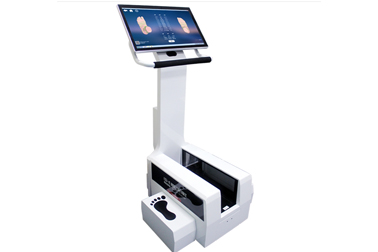
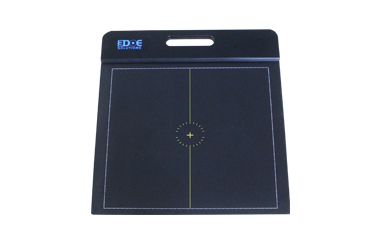
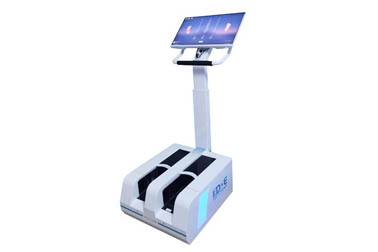
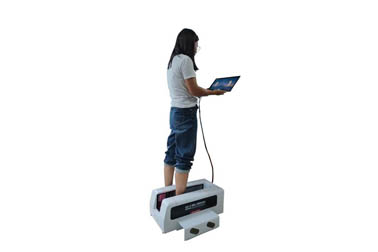
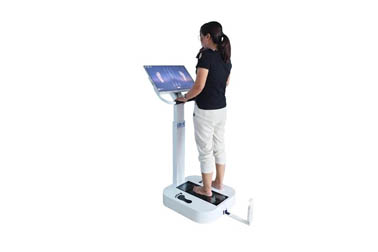
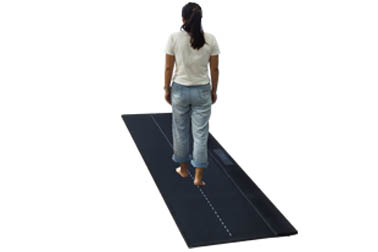



 +86-0755-86131192
+86-0755-86131192